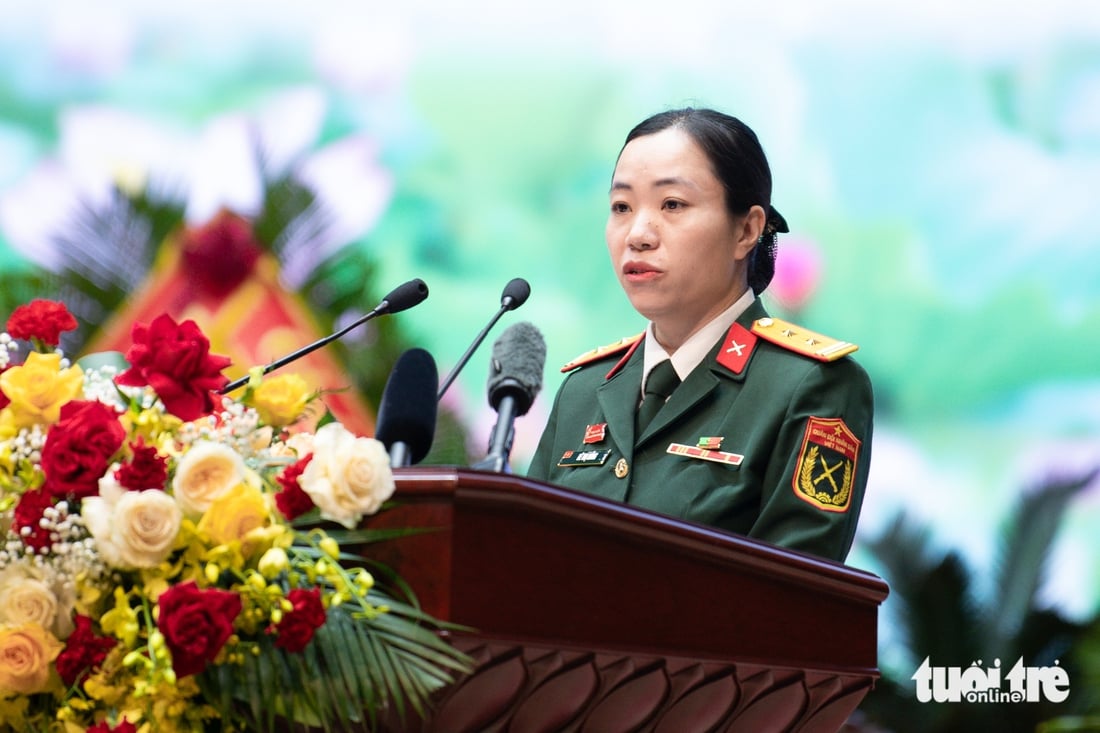
Lieutenant Colonel Le Thi Hang - Photo: NAM TRAN
On the afternoon of September 24, at the 11th Military Emulation Congress, Lieutenant Colonel Le Thi Hang presented a report on typical advanced individuals to General Secretary To Lam and delegates, with the theme: "Researching, conquering, and mastering core technology, contributing to the development of Vietnam's missile industry".
Journey from zero
Lieutenant Colonel Le Thi Hang said that missile technology is a very special field, which is always kept secret at the highest level in each country, because this is the core technology, the foundation technology.
This posed a seemingly insurmountable challenge for Ms. Hang and her colleagues. Especially for a female officer who is both a scientist and a mother of two young children.
"There were times when I wondered if I had the strength to continue? But then I told myself, if I step back, who will step forward? If I give up, who will pass this difficulty on to?", Ms. Hang shared.
It was the responsibility to the army and the Fatherland that urged Ms. Hang and her teammates to steadfastly overcome the challenge from zero.
Viettel’s mission is to research and develop medium-range anti-ship missiles. In particular, the homing head - considered the eyes of the missile - is the most difficult and complicated step, deciding the effectiveness and value of the entire weapon system.
Ms. Hang shared that at the beginning, the research team only had 7 people, no one had ever worked in the rocket field, no complete documents, no testing infrastructure, and no cooperation from foreign partners.
And above all, the biggest challenge at that time was not being able to visualize "what is a self-guided head"?.
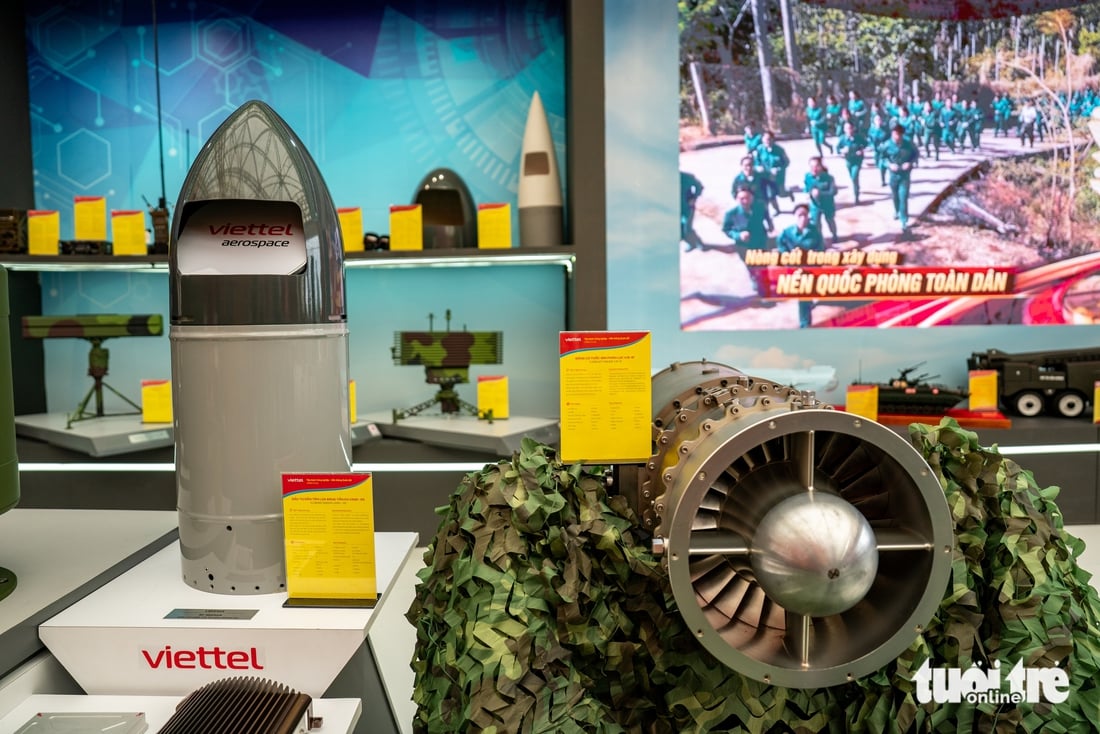
KU VASK - 03 missile's self-guided warhead and jet turbine engine researched and produced by Vietnam - Photo: NAM TRAN
Two problems were raised: One was to clarify the operating principle and structure of the "self-seeking head", and two was to develop a testing process that accurately reflected the missile's operating environment in order to verify the operation of the "self-seeking head".
The "reverse engineering" method, simulating hundreds of combat scenarios, creating many test versions to gradually perfect them was chosen by Ms. Hang and her teammates to shorten the research time. Along with that, hundreds of innovations and unprecedented methods were implemented in the experiments.
Including self-research and construction of a test firing room, the first missile test firing room in Southeast Asia; using canoes and aircraft carrying self-guided heads to approach the target for testing instead of firing real missiles.
That journey is associated with countless arduous memories such as working through the night, to the point of exhaustion, nosebleeds, only having time to use tissue to stop the bleeding and continue working, with the spirit of "as long as there is work and strength, there will be work".
"In the early stages of research, there was a lack of equipment, such as when developing immersion welding technology - welding technology in the aerospace field. Due to the lack of specialized equipment, we took advantage of mini gas stoves and household aluminum pots to do it.
In 2020, the product was accepted by the Ministry of National Defense, marking the first success in the research and development of medium-range subsonic anti-ship missiles. This success marked a historical milestone when for the first time, Vietnamese people were self-sufficient in researching, designing, and successfully manufacturing self-guided heads - something that many developed countries have not yet been able to do," Ms. Hang shared.
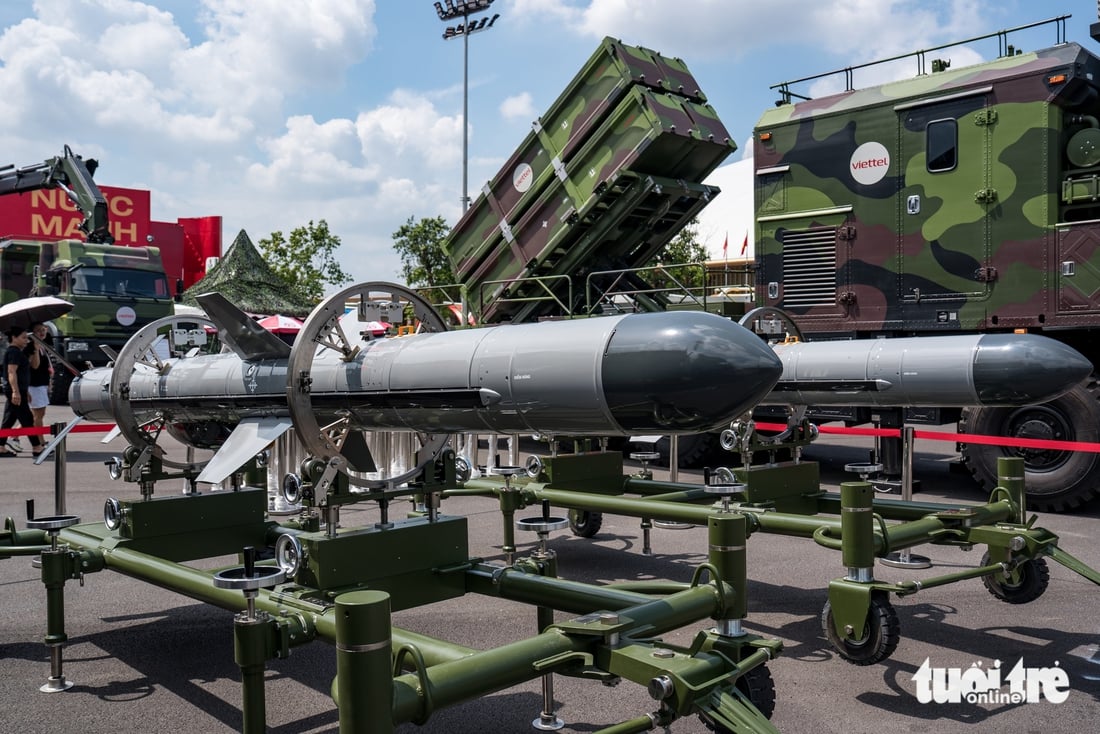
The warhead is equipped for the Song Hong anti-ship missile, part of the Truong Son missile complex researched and produced by Vietnam, on display at the Exhibition of 80 years of national achievements - Photo: NAM TRAN
8 years of research and production of 3 modern product lines
After this initial step, Viettel continued to be assigned new, more difficult tasks, with more urgent progress and harsher actual conditions, but it overcame all of them and as a result successfully developed many lines of homing products for new types of missiles, with longer ranges and higher accuracy.
According to Ms. Hang, in reality, in developed countries it usually takes at least 10 years to develop a missile line. However, in just 8 years, the research team has produced 3 lines of self-guided products, along with a radar system that measures altitude, helping the missile fly close to the sea at extremely low altitudes and resist electronic warfare.
Along with that is building facilities and research infrastructure as a foundation for developing new, more modern product lines in the future.
"The achievements we have made today are both a tribute to previous generations and a sacred responsibility to contribute to the cause of firmly protecting the socialist Vietnamese Fatherland," Ms. Hang shared.
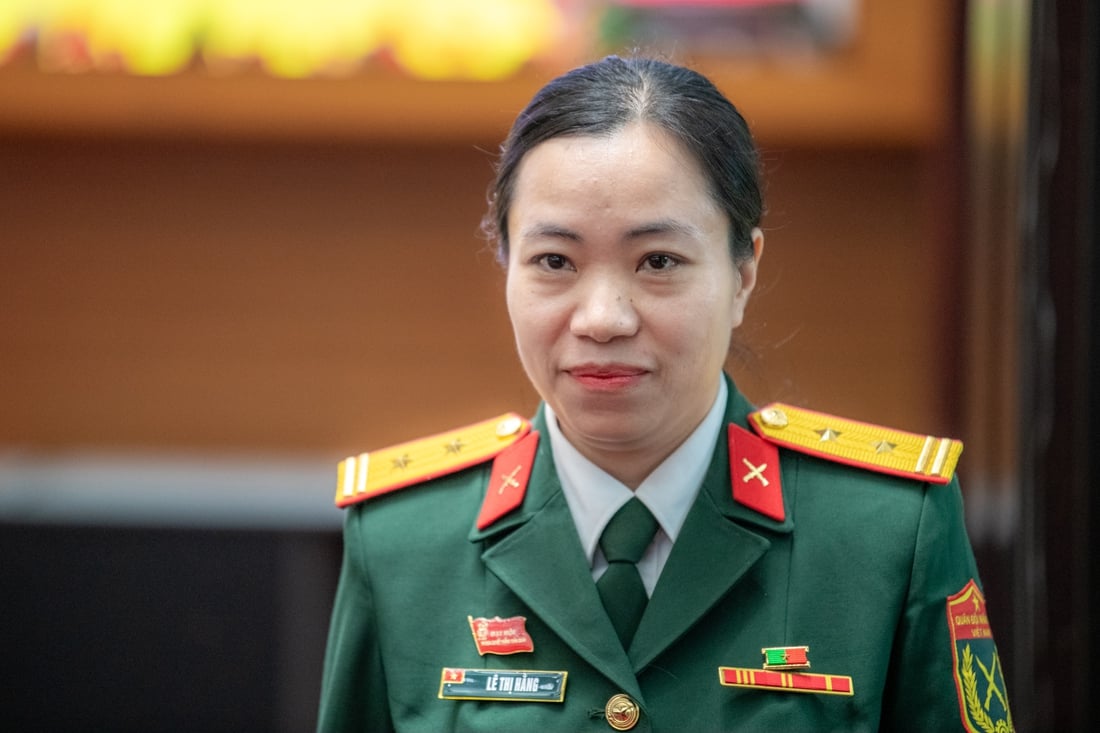
Lieutenant Colonel, Hero of the People's Armed Forces Le Thi Hang - Photo: NAM TRAN
Lieutenant Colonel Le Thi Hang (born 1985) has made outstanding achievements in researching and developing weapons and equipment, contributing to the modernization of the army. Over the past 5 years, Lieutenant Colonel Le Thi Hang has received the Fatherland Protection Medal, certificates of merit from the Prime Minister and the Minister of National Defense, and the title of Emulation Fighter of the whole army.
Notably, in August 2025, Lieutenant Colonel Le Thi Hang was awarded the title of Hero of the People's Armed Forces by the President, and is also the first female Hero to be awarded the title in the renovation period.
Source: https://tuoitre.vn/tu-chuyen-tan-dung-bep-ga-mini-noi-nhom-den-cong-nghe-dau-tu-dan-ten-lua-hien-dai-2025092506400163.htm








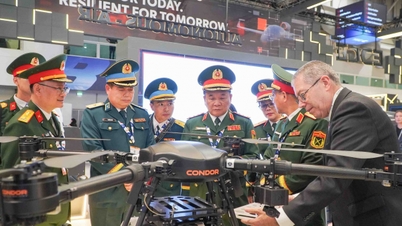

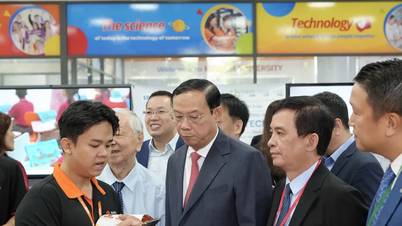

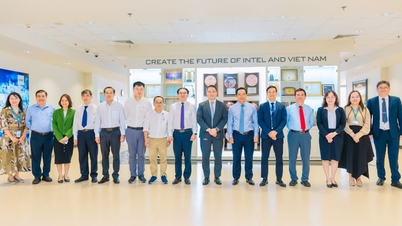

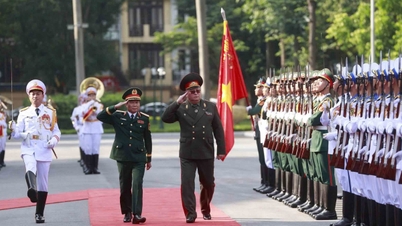
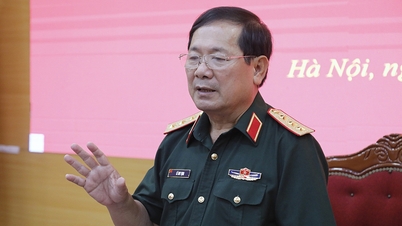
















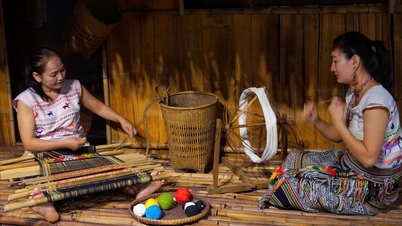
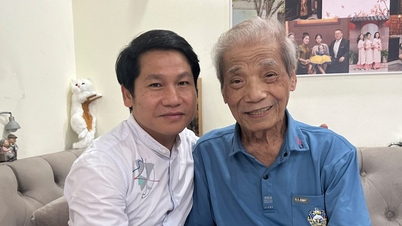
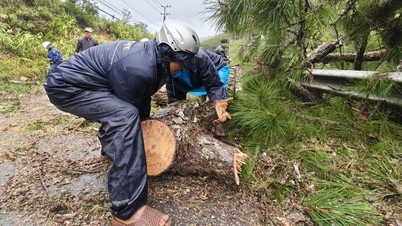
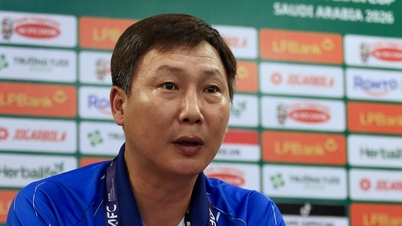


![[Photo] General Secretary To Lam and National Assembly Chairman Tran Thanh Man attend the 80th Anniversary of the Traditional Day of the Vietnamese Inspection Sector](https://vphoto.vietnam.vn/thumb/1200x675/vietnam/resource/IMAGE/2025/11/17/1763356362984_a2-bnd-7940-3561-jpg.webp)







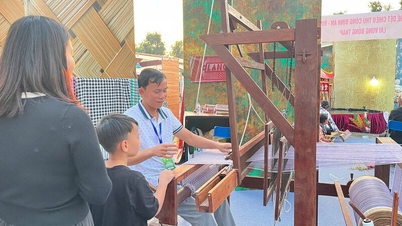

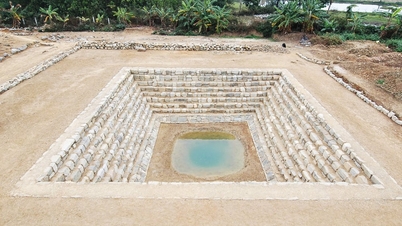



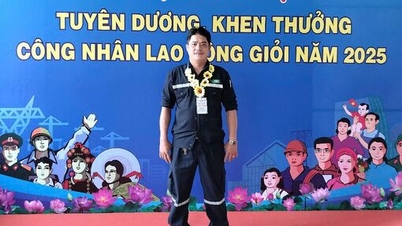





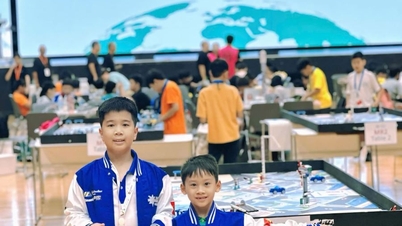













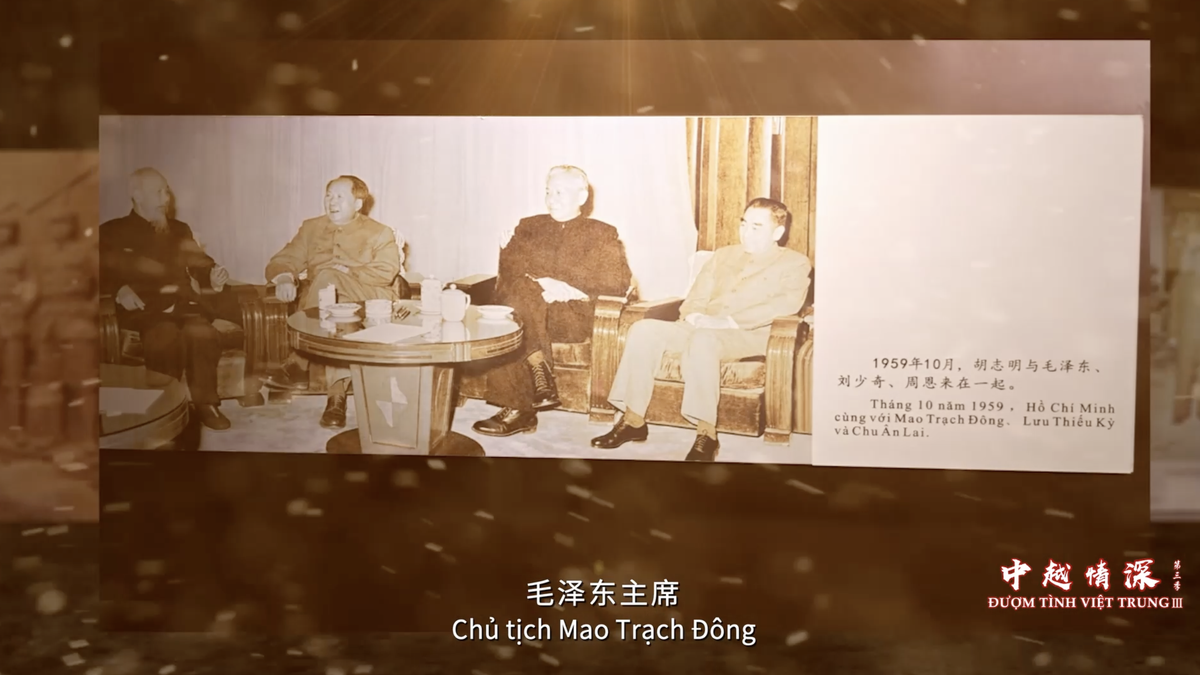


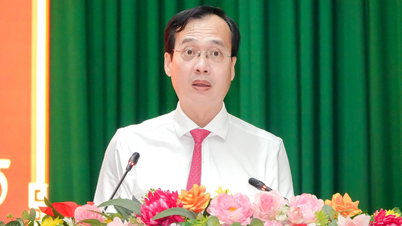









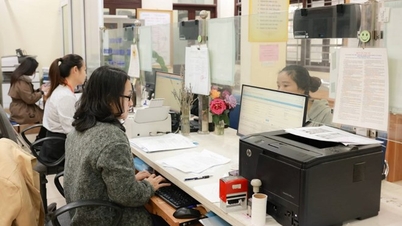












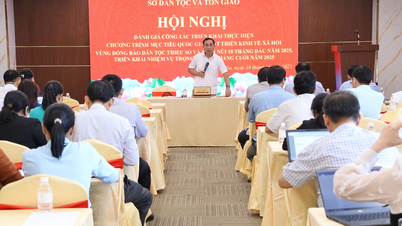


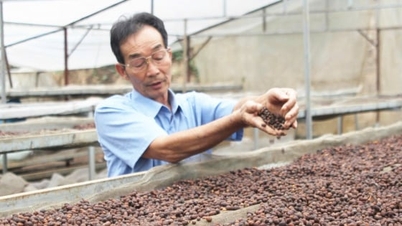
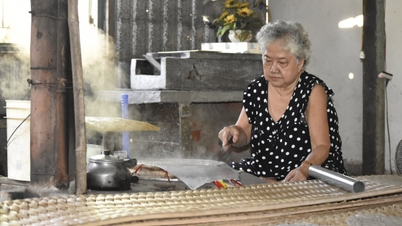


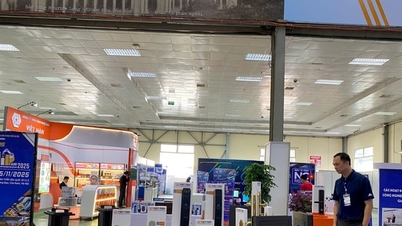





Comment (0)